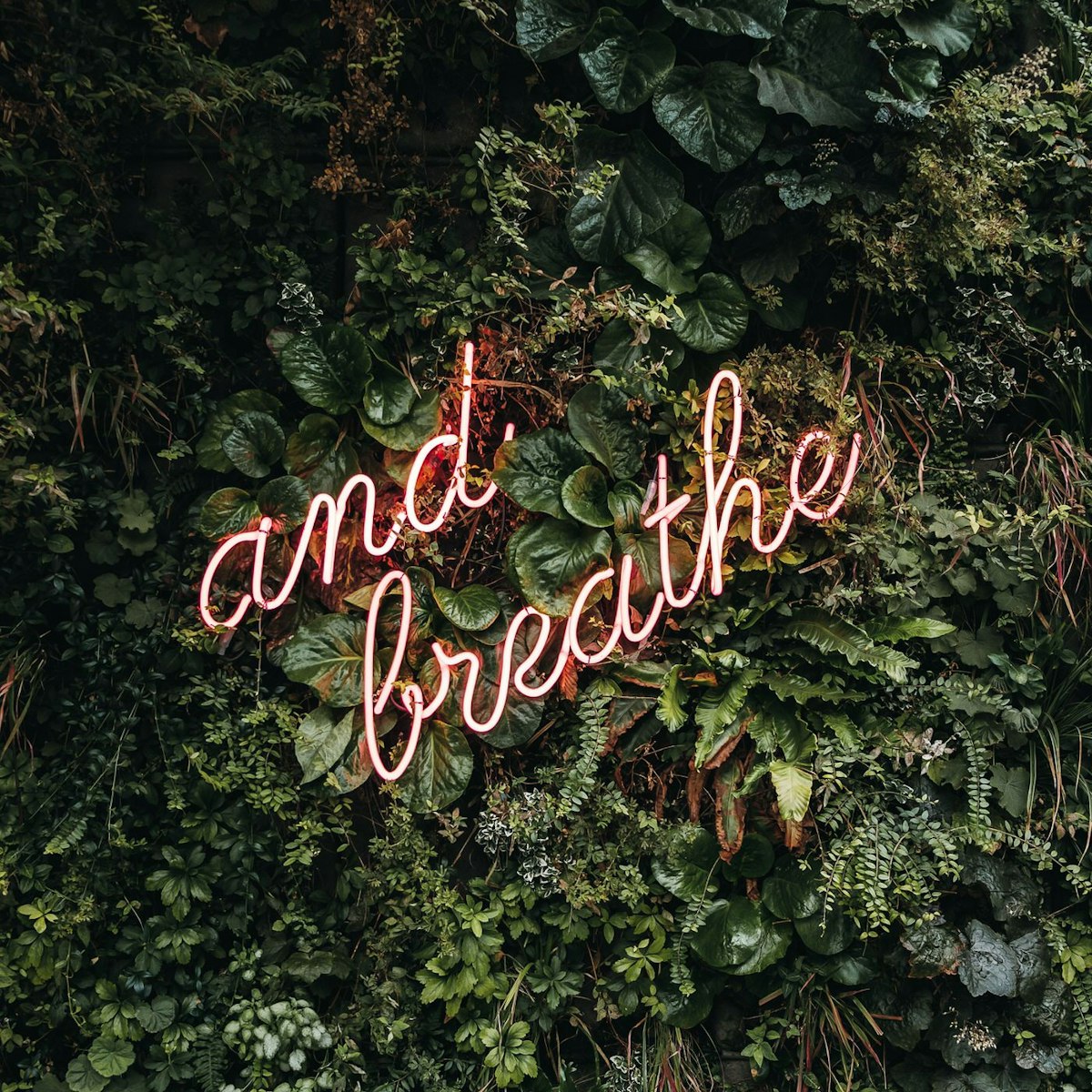Meditation is incredibly accessible these days. There are classes, studios, podcasts, and guides all diving into mindfulness, yet somehow, one of the most common sayings I hear from clients is, “I’m not good at meditation.” Truth is, there is no bad meditating – but, it’s also true that meditation isn’t right for everyone. Only you know the answer to this because you know your body best. If you are the type of person that feels traditional meditation isn’t the right tool, maybe you’re holding onto old stories, habits, or you could use support in releasing tension and all that you’re holding onto, then maybe Breathwork is the right tool for you.
Breathwork Meditation is different than any other form of meditation. It’s an active breathing meditation which disrupts the traditional meditation facade that one has to sit in silence with their thoughts, in a peaceful, all white room in order to reap the benefits.
Breathwork allows participants to naturally become more connected to their emotions and physical bodies vs. their minds and thoughts, which is where we traditionally spend most of our day.
It’s the strongest heart-opening practice I know of. I use this practice, along with traditional meditation and Intuitive Coaching as a Breathwork Meditation Coach, to guide individuals and support them in their healing. When we breathe this way into our bodies, we drop out of the mind, connect more fully with our hearts, and can find clarity and peace that might have been buried under old patterns and habits. I support individuals in entering a state of being that provides them with the opportunity to let go of old belief systems, shift the everyday perspective, and walk away lighter, and more open-minded and hearted. Breathwork is a truly personalized experience for every individual, meaning that two people will likely have vastly different experiences.
-1.jpg)
It is overall rooted in the idea that you are your own healer.
A lot of external experiences happen in our lives that cause pain, grief, confusion, fear, and these emotions are all a part of being alive. These emotions are not bad, or negative emotions, they’re simply emotions that hold information for our bodies, information our bodies need to process before we can heal and move into the emotions we enjoy feeling like joy, pleasure, and happiness. In breathwork, you honor the emotions that are present, emotions that are stuck, and learn to face and process it all rather than looking away or stuffing it back down. It’s when we learn to face these tough experiences, feel them, honor them, heal them, that we begin to feel less isolated and more compassionate towards ourselves and the world around us. Our emotions are not bad and they are not something we need to try to cure, but when we hold them inside it can make us feel disconnected to our life. It can hold us back from stepping into our full potential and experiencing all that there is to experience in life.
Life is unpredictable and impermanent. When we get in touch with our emotions, with our energetic blocks and wounds, we have an opportunity to go above and beyond the smallness of our own personal story and let our lessons become universal teachings for all. For me, it feels way better to see what’s right in front of me, than it does to pretend it’s not there and look away.
If you want to try Breathwork, I recommend going to a class or a workshop by a Healer Trained Breathwork Facilitator. It’s special to allow someone to guide you and hold space for you. Be sure to research teachers and their background. You can also find information about my breathwork workshops here. If you’re ready to give it a try at home by yourself, here’s an exercise you can walk through:

Step 1: Prepare your space.
Create a safe, uninterrupted environment. This is important, you want to give yourself permission to go wherever you go, so let the kids be taken care of, phones off, etc. Lay down on the floor, or your bed, have a blanket nearby. (Note: this technique is not designed to be used while driving your car.) I recommend removing any pillows from behind your head to keep your throat chakra open.
Step 2: Prepare music.
You can create a playlist and have it timed to the exact length of time you want to breathe. Include a few songs for resting at the end.
Step 3: Lay down and start the breathing technique.
Breathing through an open-mouth, take an inhale into the low belly, sacral chakra region, then take a second inhale, still through the open-mouth, into your high-chest, the heart chakra, before you exhale, and begin again. The practice stirs the second chakra, or the sacral chakra, which is where a lot of energy can get stored/stuck in the body, and allows for the activated energy to be released. You can breathe for your entire playlist, or roughly between 7-20 minutes. The experience can get intense the longer you actively breathe, so be sure to listen to your body as you’re breathing.
Step 4: Rest.
At the end of active breathing, leave space for grounding and resting. Let your breathing pattern come to a close, and return to your natural breathing pattern. Rest for between 5-20 minutes depending on what you and your body needs.
What’s most important to recognize in these take-home steps is that there are a number of ways you could experience breathwork. I often tell my clients and students to have at least two guided breathwork sessions before diving in on their own because then they get an understanding of their own bodies and how they might respond. With that, doing this work on your own is powerful, and absolutely encouraged. Try doing it everyday for 30 days and see how that might change your life. And if you want to do it at home but have some support, you can check out my online recordings here. Happy breathing!
